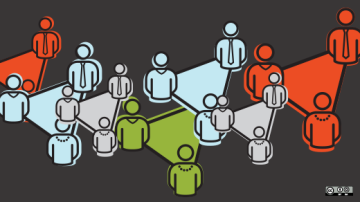
| Follow @jlcanovas
Barcelona
Assistant Professor and researcher at SOM Research Lab (an IN3 - UOC team at Barcelona), he likes investigating on how software is developed, in particular how open-source software is developed and how people collaboratively drives the creation process. He has been working mainly in the area of programming & domain-specific languages, modeling, modernization and model-driven engineering.



Authored Comments
Nice contribution. I specially liked the "The right to not upgrade" dimension, it is not so common to read and yet a real advantage.
Hi Justin, thanks for your kind words! Regarding Open Collective (and organizations of that kind), I really like the approach as they are helping towards a more open and transparent OSS ecosystem. If I'm not wrong, it's not exactly a foundation (from a legal point of view) but these kind of approaches promoting OSS project sustainability are always welcome (and needed, I believe)